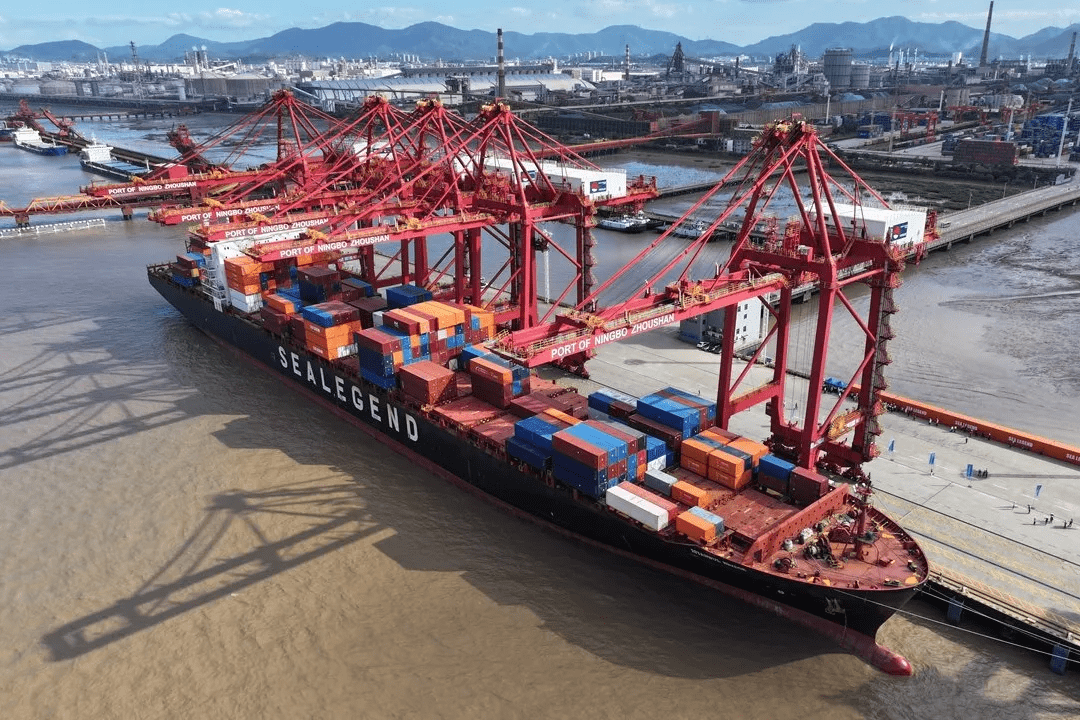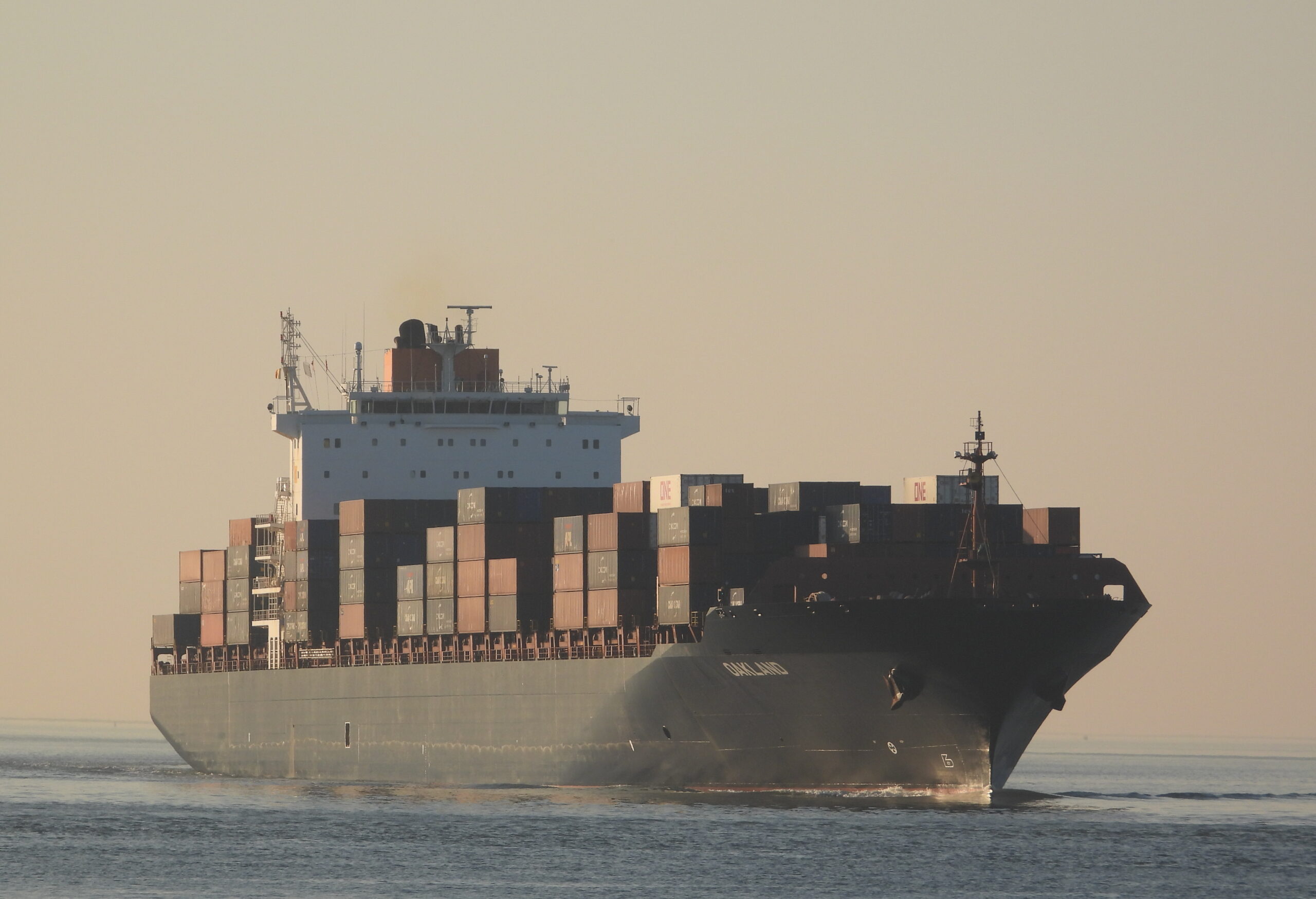My old roommate put it best...
"Who do the Americans actually think runs their country? How could they not know, I mean, like, who do they put in place of Jews as the people who run this country?"
Excellent question, because many cannot answer it.

Even easier when they replace their own high IQ/hard working people with 80 IQ third world immigrants and everything falls apart.It's easy to overtake someone if you keep stealing from them.
Thank Goodness for Trump then. He's trying to put a stop to this.Even easier when they replace their own high IQ/hard working people with 80 IQ third world immigrants and everything falls apart.
Is he?Thank Goodness for Trump then. He's trying to put a stop to this.
This is where I draw the line, this here below is 100% CGI AI fake CCP propaganda. In no way. shape or form is that possible, based on a lifetime of personal observations:
But back to the topic.
China was already gunning for the Northern Sea Route, even without this hassle with Poland. Maritime shipping, while more expensive for a single container, is much more profitable than road and rail in the grand scheme of things - a single truck can carry up to 2 TEU (twenty-foot equivalent units), a EU compliant freight train around 150 TEU, while containerships can carry tens of thousands of TEU (the Arctic Express service will use "smaller" ships: "Istanbul Bridge" which departed China last week carries only up to 4,900 TEU).

China Expands Global Trade Network with Launch of First ‘Arctic Express’ Container Service
Around a decade after shipping giant COSCO sent its first merchant ship across Russia’s Northern Sea Route, Chinese operator Sealegend is looking to make history with the launch of the first “Arctic Express” – an 18-day routing from Ningbo, China to Felixstowe, UK.gcaptain.com
Chinese containership Istanbul Bridge is scheduled to arrive at the UK’s largest terminal Felixstowe during the afternoon of October 13. The Panamax vessel completed the 7,500 nautical mile voyage from China via the Arctic Northern Sea Route in just 20 days. A comparable voyage through the Suez Canal measures 11,000 nautical miles and routinely takes between 40-50 days. Istanbul Bridge’s voyage is the first liner-type service via the polar region connecting Asia and Europe and calling at several Chinese and European ports. It is also the first time a container ship has traveled from China to the UK via the Arctic.
(...)
Loaded with up to 4,843 standard containers (TEU) the box carrier departed from Ningbo-Zhoushan on September 22. It crossed Russia’s Northern Sea Route in just 5 days at an average speed of 17 knots. This late in the summer navigation season very little sea ice remains along the main Arctic shipping lane. The vessel did not receive any icebreaker escort and navigated independently along the entire length of the route. After the Felixstowe port call the carrier will continue onward to Rotterdam, Hamburg and Gdansk.

 gcaptain.com
gcaptain.com
^Made possible by the fleet of Russian nuclear icebreakers. Not sure if that passage is navigable year-round or accessible mid-winter.
Meanwhile, China is cracking down on zionist churches at home.
^Made possible by the fleet of Russian nuclear icebreakers.
Doable year-round under certain conditions like the ship's ice class and icebreaker activity.Not sure if that passage is navigable year-round or accessible mid-winter.
They generally try to run convoys - one icebreaker is paving the way for more than one ship (helps mitigate the costs).No way through winter (which is 9 months up there) unless the Russians are willing to give them a private icebreaker per ship.
China is not part of the global bankster private central banking system, here is the result:
They had price controls on some staples when I lived there.
I was always curious about the Chinese banking system at the top levels, but because of the difficulty of getting reliable information, I never really looked to deeply into it, although I know some trivia. I was there when they fluctuated their exchange rate to the dollar quite a bit from 2005-2008 between 6-8 RMB : 1 USD if I remember correctly. From memory, it then stayed at around 6½ RMB : 1 USD for quite some time, pretty much until covid, while HK never changed at 7.7 HKD : 1 USD.
There is so little trust in their system that at whatever branch you open your account, you have to always return to that exact branch in order to do anything significant. When I was there, you could not even transfer a small amount of money, even 100 RMB, from let's say a Bank of China branch in Guangzhou to a Bank of China branch in the next city over, Shenzhen.
How does the Chinese monetary system and banking system work? Is it a normal model, just disconnected from the Western one?
Nah, this voyage was completed solo - it's still the summer navigation season (July-October).
Doable year-round under certain conditions like the ship's ice class and icebreaker activity.
They generally try to run convoys - one icebreaker is paving the way for more than one ship (helps mitigate the costs).
I'm aware of that, but is that sustainable year round?
